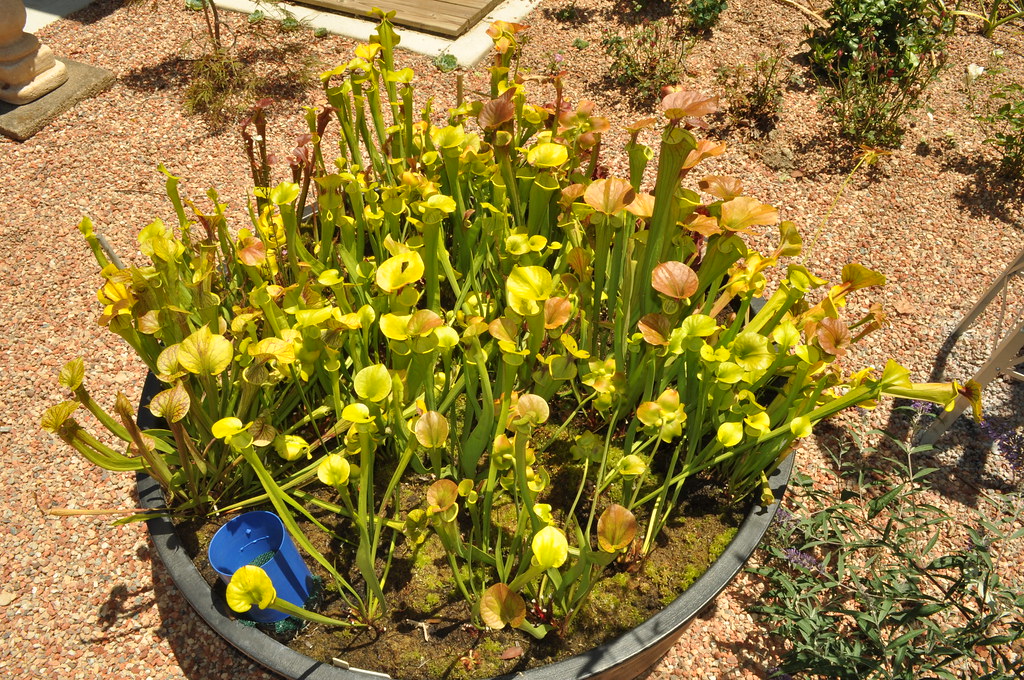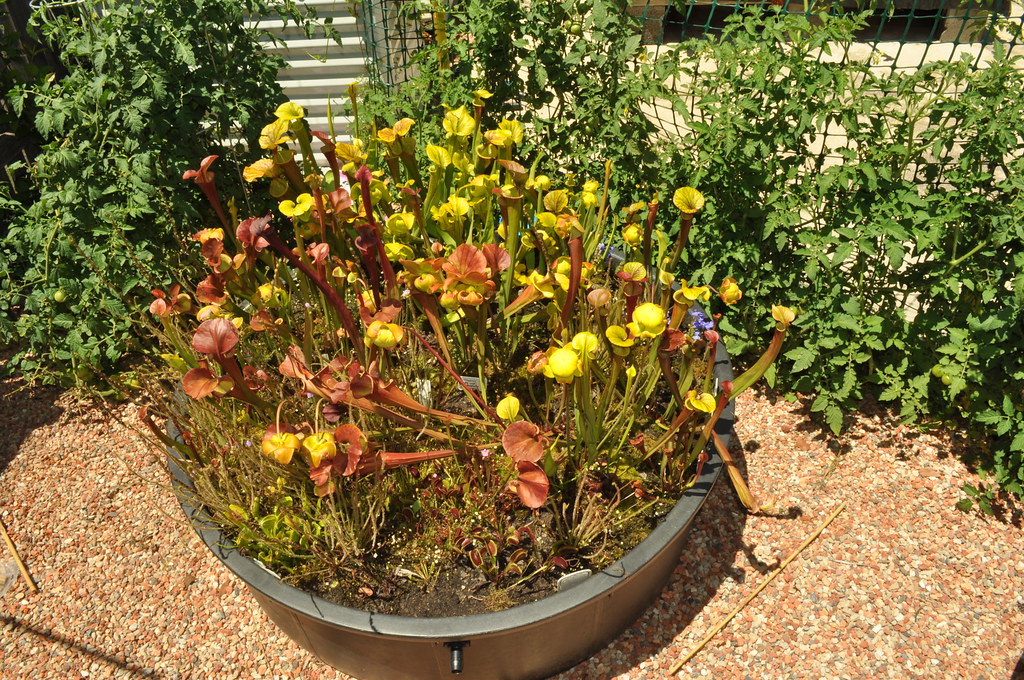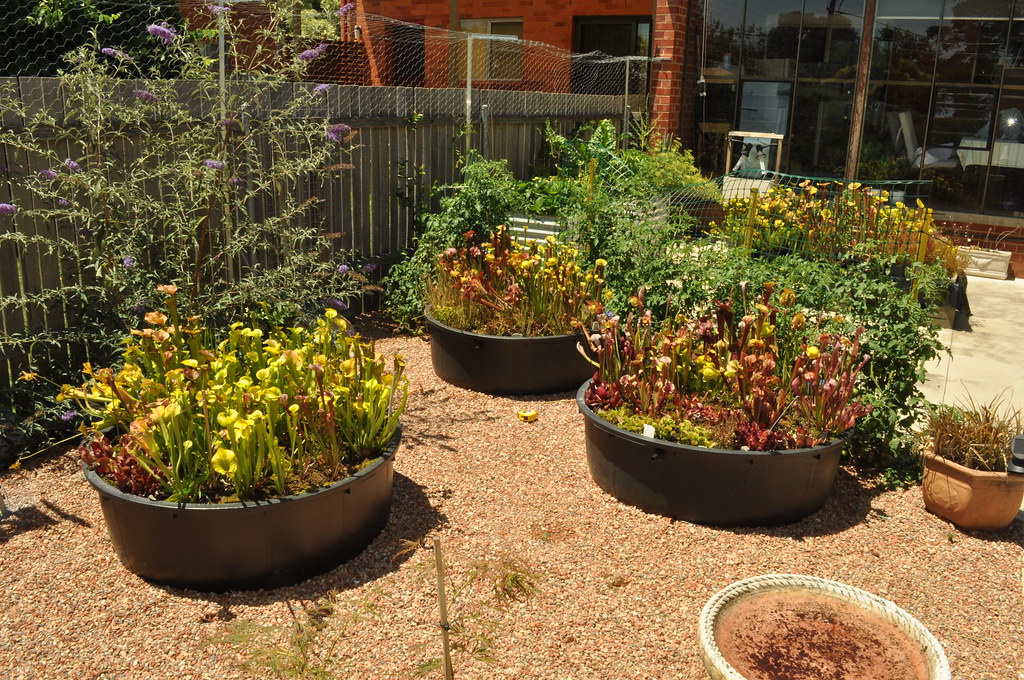Here’s wishing everyone a very happy and successful 2015. I took advantage of an opportunity to shoot up to my parent’s place in Queensland and visited a few places of CP interest that I thought I would share.

The above panorama is of the heathland in the Mooloolah River National Park on Queensland’s Sunshine Coast. This area is where I saw my first wild carnivorous plants: Drosera spathulata var. gympiensis. I will always be grateful to my father for showing them to me, as it opened up my interest in carnivorous plants – they were no longer things found only in books or fragile exotics for sale at our local nursery. They were wild plants growing a few minutes drive from our house.
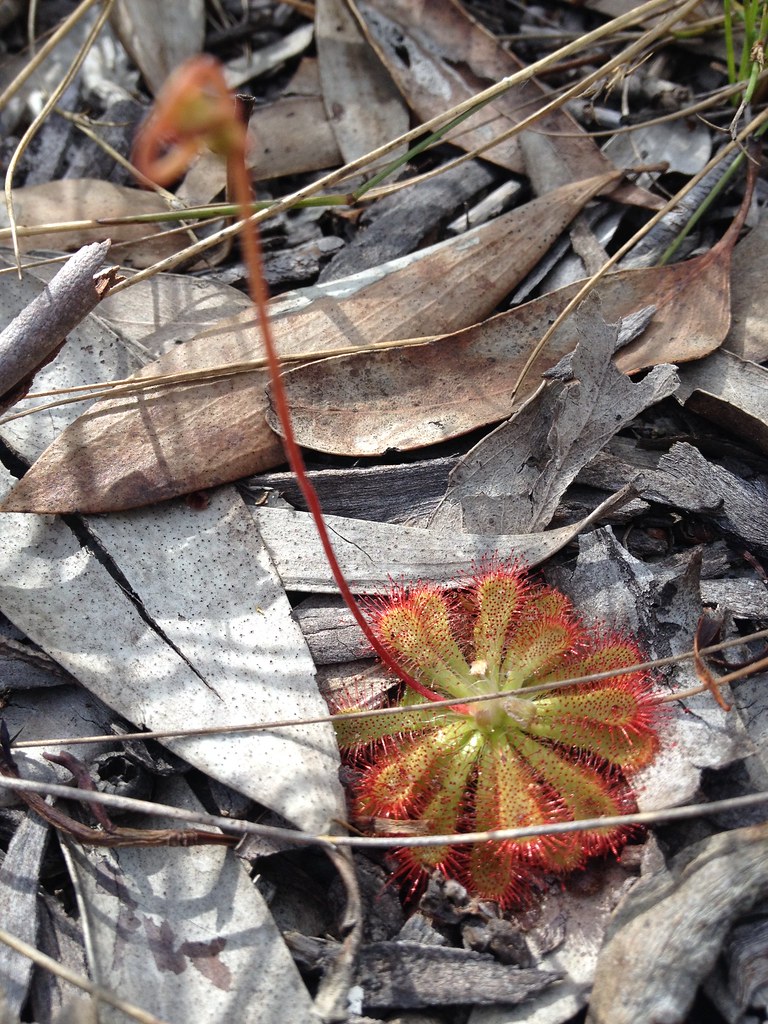

Above are a few plants of D. spathulata var. gympiensis from this locality. Individuals can vary tremendously within each population I have seen of this taxon, and here they can range from tiny flowering plants close to the size of D. pygmaea right up to giants over 8 cm across. These are middle of the road plants, perhaps 3-4 cm across, growing in light shade under a canopy of Melaleuca quinquinerva. Plants in full sun become bright burgundy red. Sadly, a lot of other sites I enjoyed visiting as a teenager are now extirpated because of changed hydrology and/or soil chemistry.
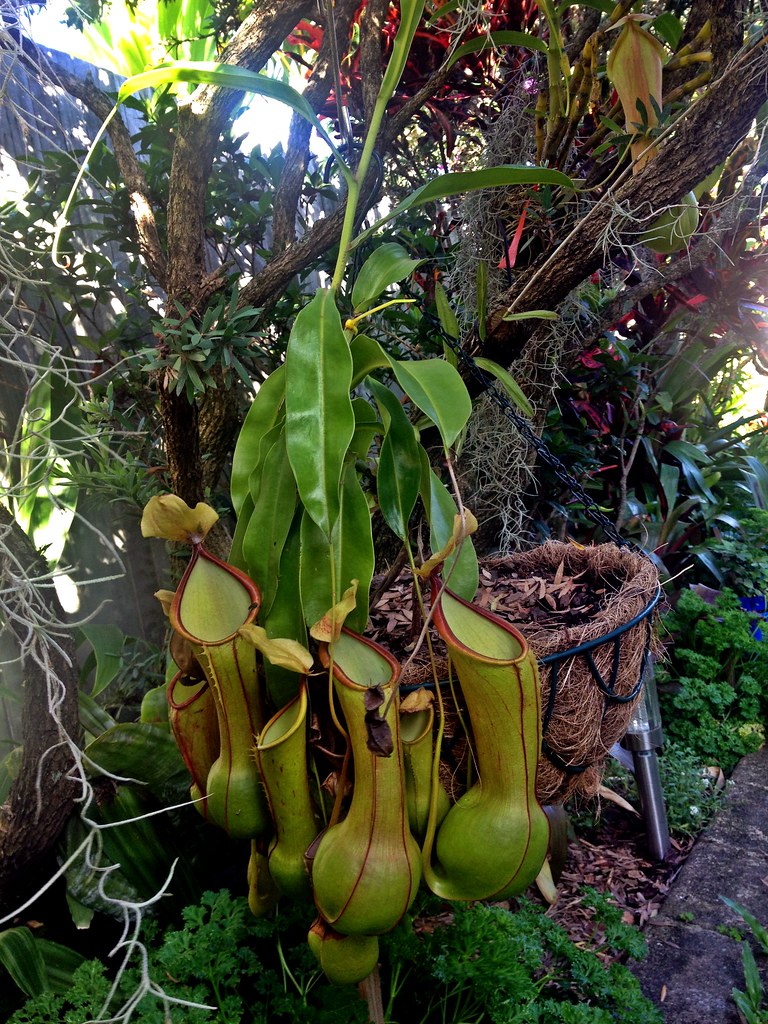
And to close for the night – here is one of the Nepenthes my parents grow outdoors year round in hanging baskets in their Buderim garden. This is Nepenthes alata var. boschiana. Mum fell in love with this clone when we visited Geoff Mansell of Exotica Plants back in 1999, and we have grown it ever since. This one is happily growing up a Callistemon. There are also Nepenthes ventricosa, N. truncata, N. x allardii (= maxima x veitchii) and what is supposed to be N. thorelli in the garden, but none are quite as beautiful as this plant is.
Stay tuned – the photos I promised of my Saracenia gardens are due shortly!
